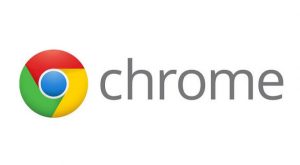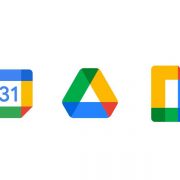Google Cracks Down on Ads with Ad Blocker

Google will start automatically blocking these ads
In a move that has garnered significant attention, Google has rolled out an integrated ad blocker within its Chrome browser. This development aims to enhance user experience by automatically filtering out disruptive and annoying ads. The initiative, which started on 15 February 2018, is applicable to both desktop and Android versions of Chrome.
The Rationale Behind the Move
According to Rahul Roy-Chowdhury, Google Chrome’s Vice President, the decision was influenced by user feedback indicating that intrusive ads were a major source of annoyance. These are the types of ads that play videos at maximum volume or feature oversized pop-ups that make it difficult to locate the exit button. Such ads not only disrupt the user experience but also deter people from using their browsers effectively.
Partnerships for Better Ad Standards
Google is collaborating with organisations like the ‘Better Ads Standards’ and the ‘Coalition for Better Ads’ to identify which ads should be filtered out. These organisations have set visitor experience standards for each ad on each platform, which can be viewed here: ads that fall below standards of acceptability.
Blocking the rights ads
There is a concern that Google Chrome might inadvertently block legitimate pop-ups that serve to guide users, such as sign-up prompts for newsletters or blogs. Google has assured that it is working closely with the ‘Coalition for Better Ads’ to ensure that only disruptive ads are targeted.
Opting for Ad-Free Content
For users who prefer an entirely ad-free experience, Google offers an alternative through its Contributor program. This option allows users to bypass less desirable ads, enhancing their browsing experience, particularly on mobile devices.
The introduction of Google’s built-in ad blocker is a significant step towards improving the online experience for users. By targeting disruptive ads, Google aims to make the web a more user-friendly space, which is a win-win for both consumers and marketers who prioritize quality over quantity.









Leave a Reply
Want to join the discussion?Feel free to contribute!